Cairngorms Climbing
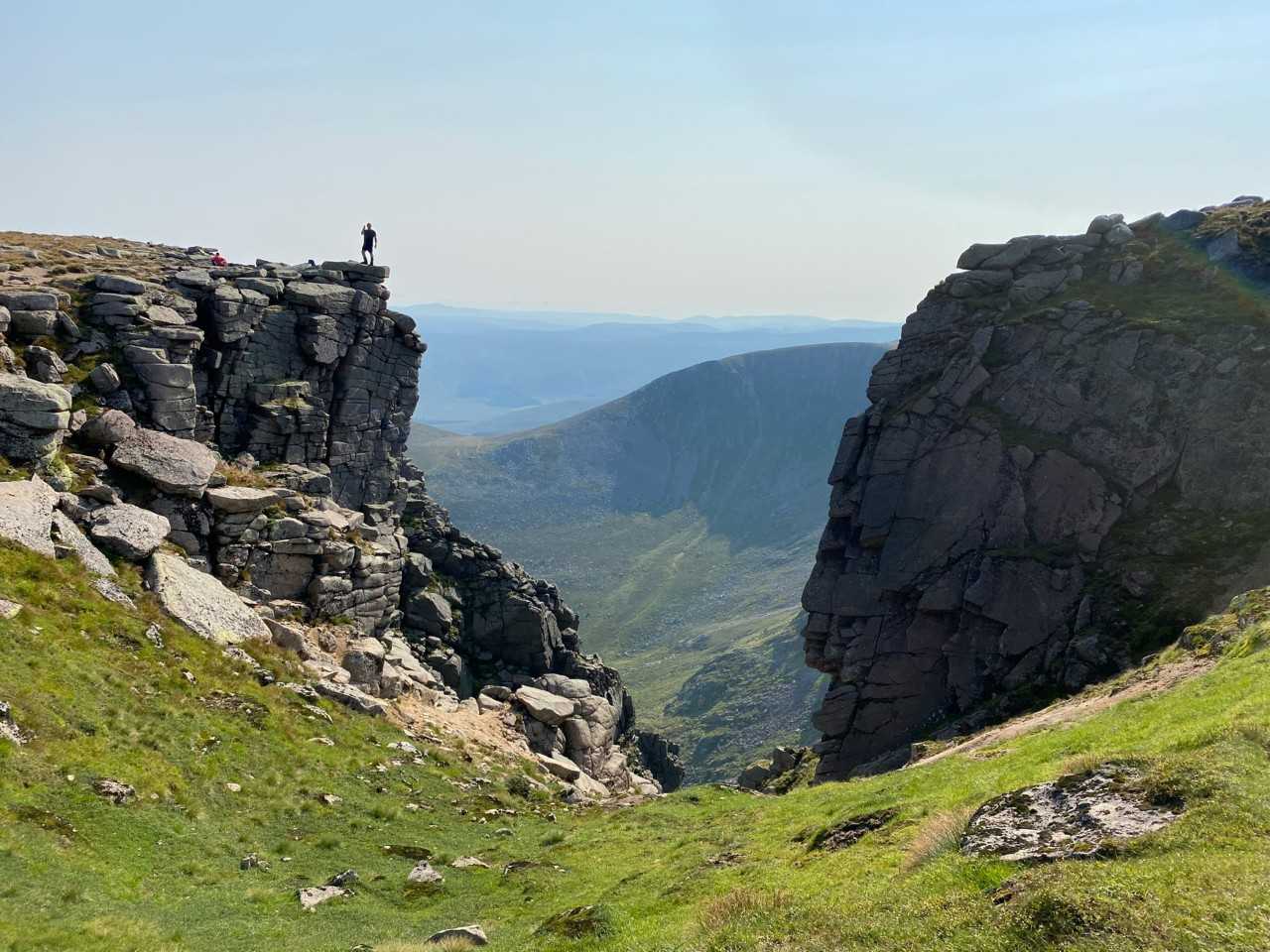
The Cairngorms National Park sits at the heart of the Grampian mountain range and is a popular destination for climbers of all abilities. This wild landscape is home to an incredible range of climbs, from challenging winter ascents to scenic summer scrambles. Whether you're a seasoned mountaineer or new to climbing, the UK's largest national park has ample opportunities for experiencing the sport in all its glory.
Mountain routes and scrambling
The Cairngorms is home to lots of exciting hiking routes, many of which can be combined with scrambling for an adventurous day out. Scrambling is essentially the midway point between walking (when you can expect to use just your feet during the ascent) and climbing (when you’ll be using your hands all or most of the time, probably attached to a rope for safety). It can be practised with or without a rope, but all of the routes described below can be done without specialist equipment.
Care should be taken, though, and it might be a good idea to develop the basics of technique and navigation before setting off. Glenmore Lodge near Aviemore offers a two-day scrambling course which, while not cheap, is the gold standard and will help you get off to a great start.
Please note that all of these routes are described with summer conditions in mind – for winter climbing, please see further down the page.
Lochnagar’s Stuic buttress (Balmoral Estate)
For a relatively easy Grade 1 scramble, ascend Lochnagar via the Stuic buttress, located next to Loch nan Eun just to the west of the summit. While fairly narrow, this route has plenty of handy rocks for hand and footholds, is not too exposed and is relatively short – you’ll soon be back on the path near the top of Càrn a' Choire Bhòidheach, from where it’s a straightforward walk around to the top of Lochnagar itself. Keep an eye out for red deer when you reach the plateau on the top – especially if you’re a keen photographer.
Fiacaill Ridge, Cairn Gorm (near Aviemore)
Dominating Strathspey with its rounded summit, Cairn Gorm mountain has ample opportunities for hiking, scrambling and roped climbing – as do the and the surrounding peaks. For a Grade 1/Grade 2 scramble that is challenging but doable (especially in the right weather conditions), head towards Coire an t-Sneachda from the Coire Cas car park and you’ll soon reach the Fiacaill Ridge. Although it’s quite exposed, the climbing here is relatively easy, and staying to the right-hand side as you ascend (away from the cliffs) reduces the level of risk involved. From the top, it’s easy to continue exploring, with Ben Macdui just a couple of miles further south – or you can loop back to the ski station and car park and be back to base within just a couple of hours.
Sgor an Lochain Uaine (south of Braeriach)
This is another relatively straightforward scramble, but the very remote location and long approach mean that it is less popular than the previous two and comes with its own set of risks. The Gaelic name for the mountain (often referred to in English as Angel’s Peak) refers to the vivid green loch found near the summit (not to be confused with the other Lochan Uaine near Glenmore). The scramble here is up the north-east ridge of the mountain, which offers a fine view over the surrounding peaks. There are various ways to reach the ridge – you can come via the Lairig Ghru, or alternatively approach from the south by starting at the Linn of Dee car park. As all routes up to the scramble are very long (the shortest is 9 miles), you might want to stay overnight, perhaps at the nearby Corrour bothy.
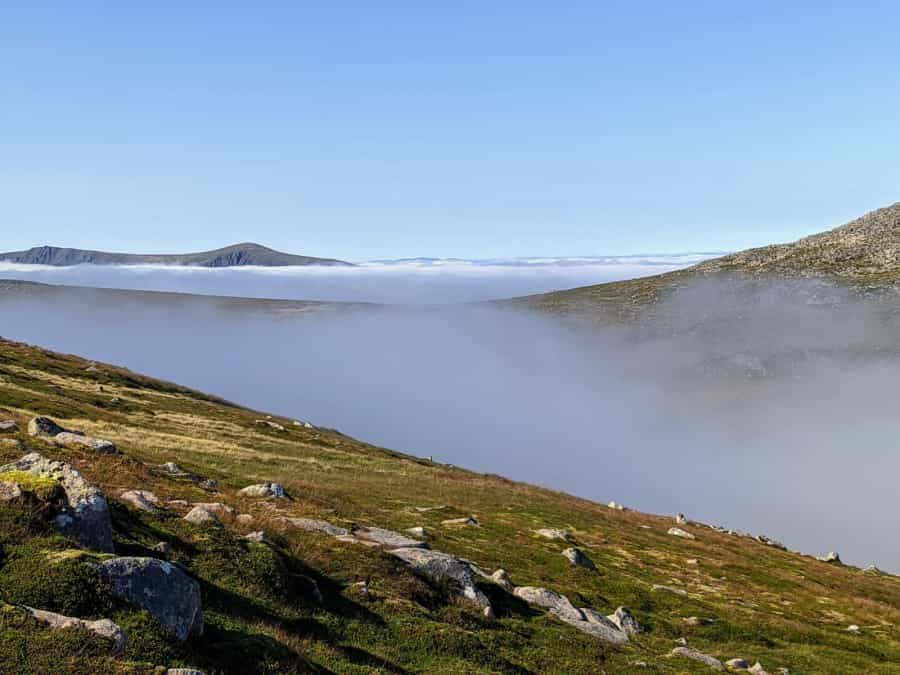
Summer sport and trad climbing
As in most of Scotland, the majority of the roped climbing opportunities in the Cairngorms are for trad climbing (i.e. without using fixed bolts on the rock face or anchors at the top).
Most of the routes in the Cairngorms are fairly challenging, and there are few quarries or other sheltered areas. That said, there are lots of courses and mountain guides available for climbing in the Cairngorms – great for intermediate climbers looking to take their skills to the next level. For a full up-to-date list, check out the national park’s online directory.
Kingussie Crag
Located next to a golf course just outside the pleasant town of Kingussie, this is a great place for those who have mastered the basics of sport or trad climbing and want to practise in a beginner-friendly environment. Split over two tiers, there are plenty of routes to choose from, so you’re unlikely to feel like the crag is crowded even when it’s being used by local outdoor centres.
Creag Dubh (near Newtonmore)
Just a few miles from Kingussie Crag is Creag Dubh (Gaelic for ‘black crag’), near Newtonmore. The climbing routes here can be accessed by taking the wooded path that creeps up the northeastern side of the mountain. This is generally a more challenging climbing area, with few routes suitable for beginners, although novices might enjoy hiking up to the summit of Creag Dubh instead.
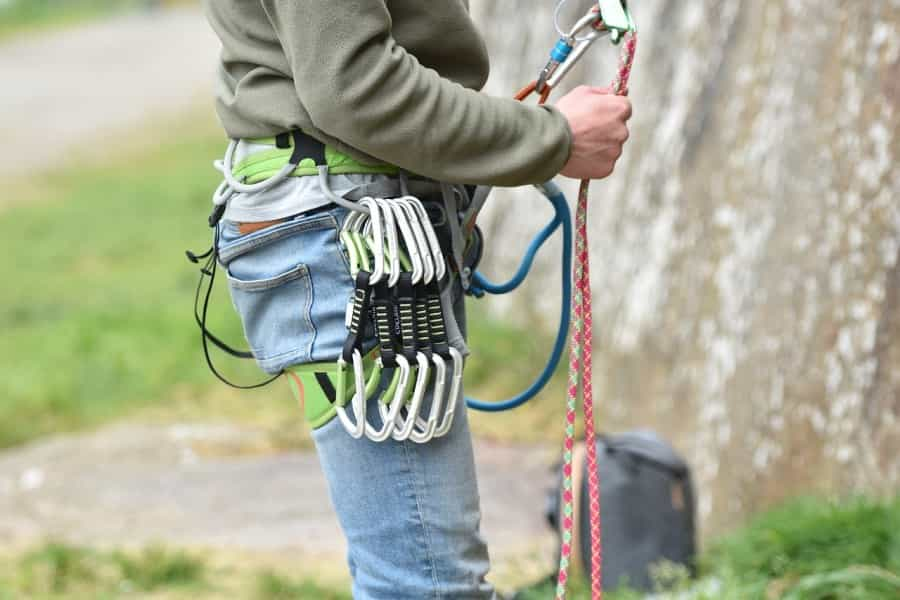
Winter climbing
The Cairngorms is perhaps best known for its winter climbing. Popular ice climbing spots like Lurcher’s Crag and the northern corries of Cairn Gorm draw seasoned mountaineers from far and wide (which, combined with ski travellers, can make finding last-minute accommodation near Aviemore a challenge, even in the depths of winter).
It almost goes without saying that winter climbing is an extreme sport that requires specialist equipment (including ice axes, avalanche shovels and crampons) and expert knowledge. The Cairn Gorm plateau is one of the coldest places in the UK, and it’s not uncommon for the temperature to drop below -20°C in winter. If you want to experience winter climbing for the first time, an accredited guide or course is strongly recommended.
Check out our Cairngorms snow sports guide for more information about winter activities in the north east of Scotland.
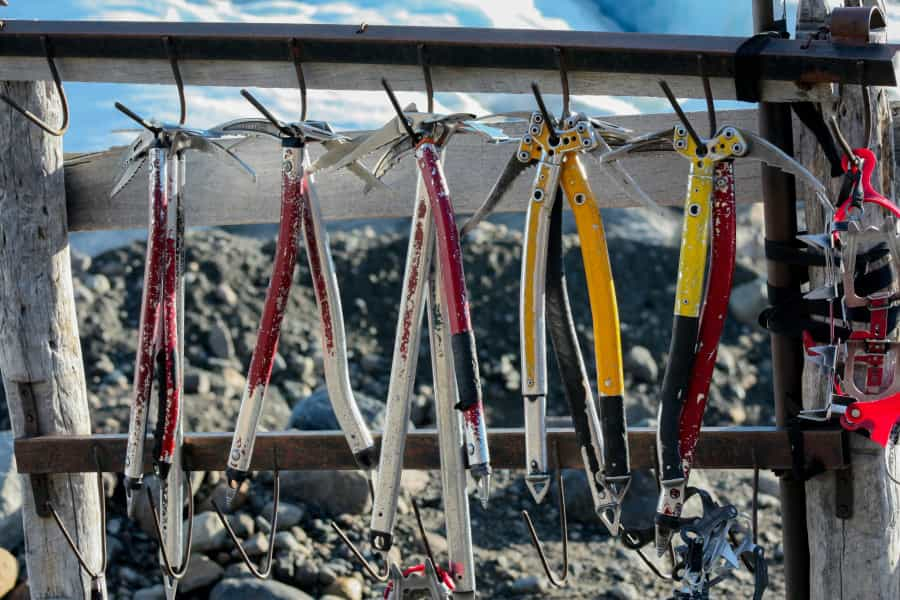
Indoor climbing walls and outdoors shops
Indoor climbing is available at Glenmore Lodge, near Aviemore, where a wall is open to competent climbers. Helmets, harnesses and climbing shoes are not provided to the general public with entry, though, and are only included if you are attending one of the centre’s climbing courses. Alternatively, head north and out of the national park to Speyside Climbing Centre in Charlestown of Aberlour or visit The Ledge Climbing Wall in Inverness (both are approximately 40 minutes’ drive from Aviemore).
Climbing shops in the area – including Tiso, Ellis Brigham and Blacks – are clustered around the centre of Aviemore, but there are also well-reviewed businesses that cater for climbers elsewhere, including Braemar Mountain Sports in Braemar and a branch of Nevisport in Pitlochry.
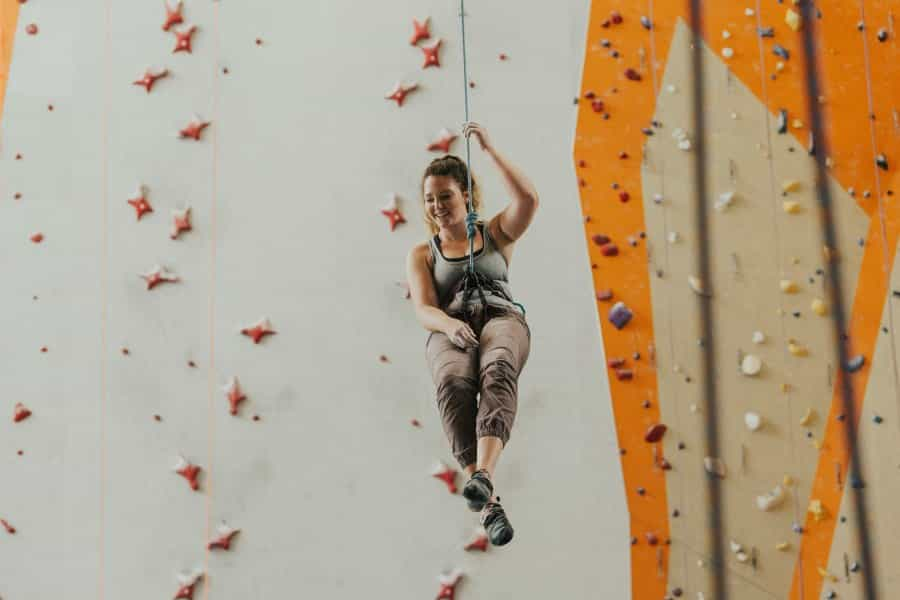
With indoor and outdoor climbing throughout the year and for all abilities, the Cairngorms makes a great destination for outdoor breaks. With a wide range of outdoor accommodation options, plus several climbing-friendly youth hostels, it’s easy to start exploring the area. Remember to check out the Scottish Outdoor Access Code before beginning your adventures (especially if you’re wild camping) to get an understanding of your rights and responsibilities in this special environment.